5 Tales of Brooklyn Educational Institutions to Kick Off the School Year
Brooklyn has a rich history of educational institutions and we have rounded up a few tales of schools, buildings, and students to kick off the school.

Photo by Susan De Vries
Labor Day is the last great hurrah for many as summer vacations wind to an end and students hunker down for another school year. Brooklyn has a rich history of educational institutions and we have rounded up a few tales of schools, buildings, and students below to start off the school year.
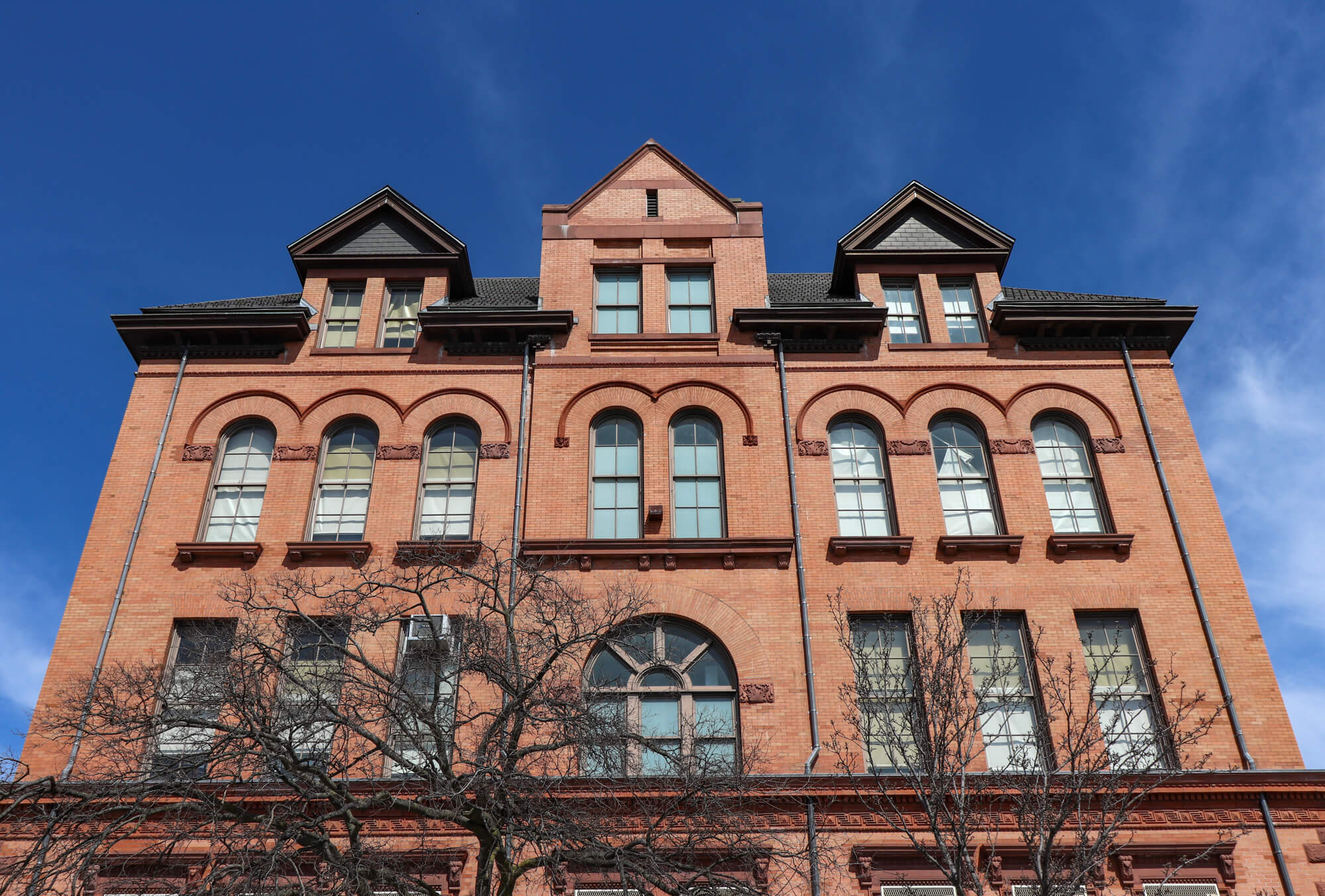
A Romanesque Revival Landmark by Brooklyn’s School Architect in Cypress Hills
It’s not very often that an architect can shape an entire portion of a city, but that’s what James W. Naughton did with the Brooklyn Public School system between the years 1879 and 1898. In those 19 years, he was the sole architect of hundreds of school buildings in the City of Brooklyn, all the result of his position as Superintendent of Buildings for the Board of Education of the City of Brooklyn.
—
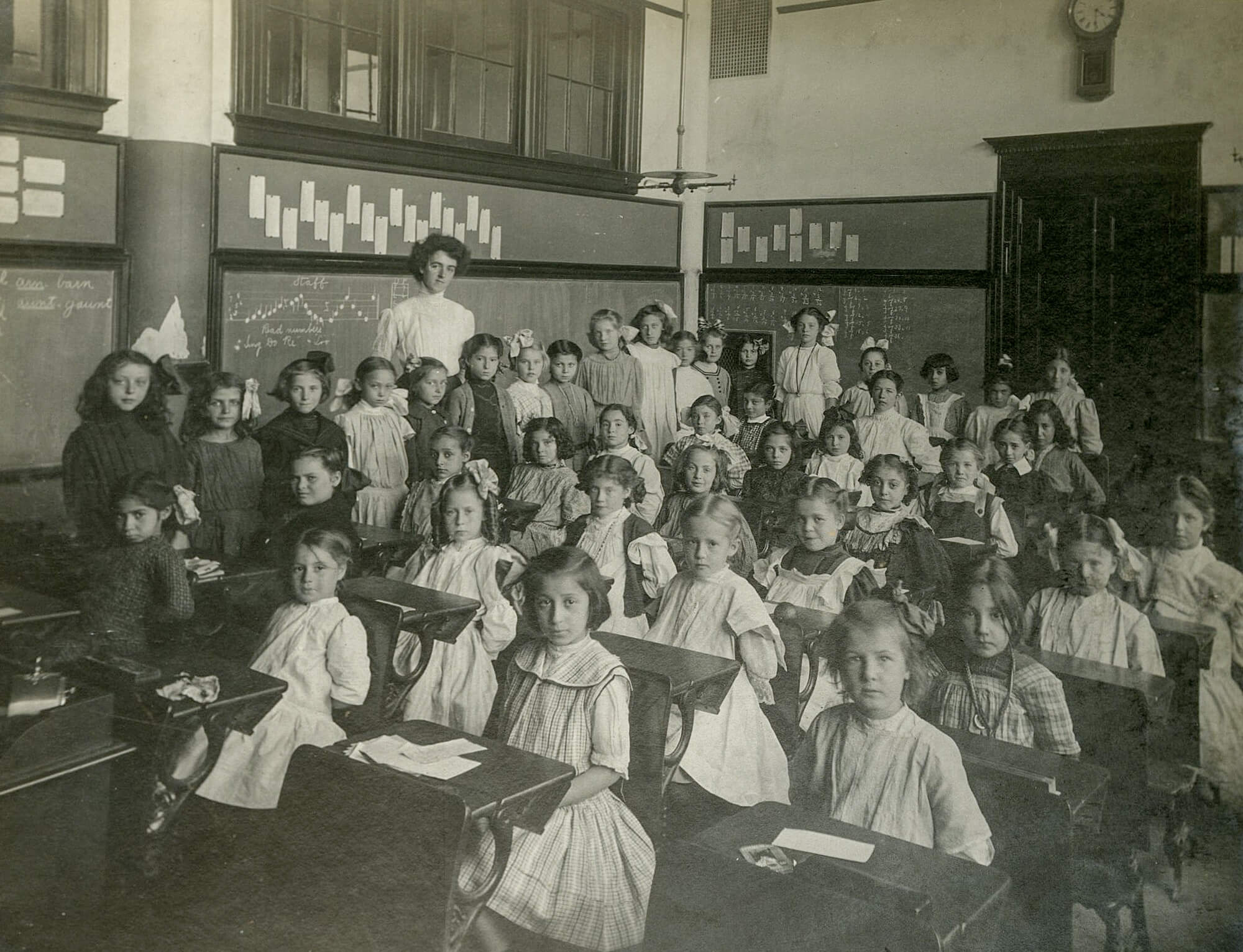
Borough Park Students Make Connections With Brooklyn History and Uncover the Story of P.S. 131
It began with the discovery of a trove of historic documents long forgotten in the back recesses of an art cupboard.
A package was unwrapped to reveal carefully handwritten attendance records and notes on student progress from 1910 to the 1940s. More digging in the building turned up albums filled with the solemn faces of children staring out from dozens of photographs taken in 1909 in familiar looking classrooms.
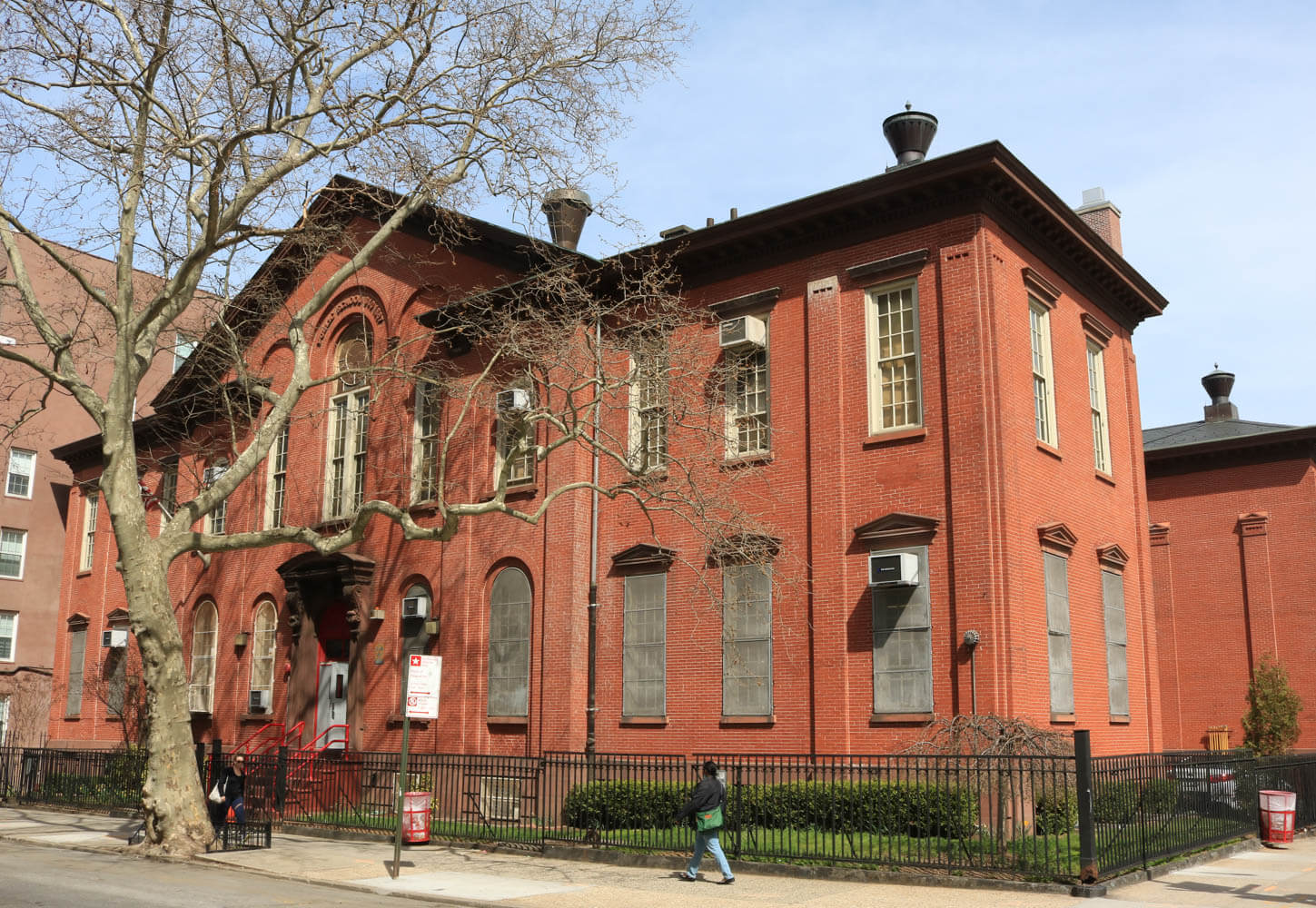
A Modest Monument to Education: P.S. 111 in Prospect Heights
Just a block from Grand Army Plaza and Prospect Park is an early example of one of Brooklyn’s great red brick Victorian school buildings. Public School 111 at 249 Sterling Place in Prospect Heights, originally built as Public School 9 in 1868, got a jump on Romanesque Revival with its arched windows and also has some Italianate elements more typical of its period.
—
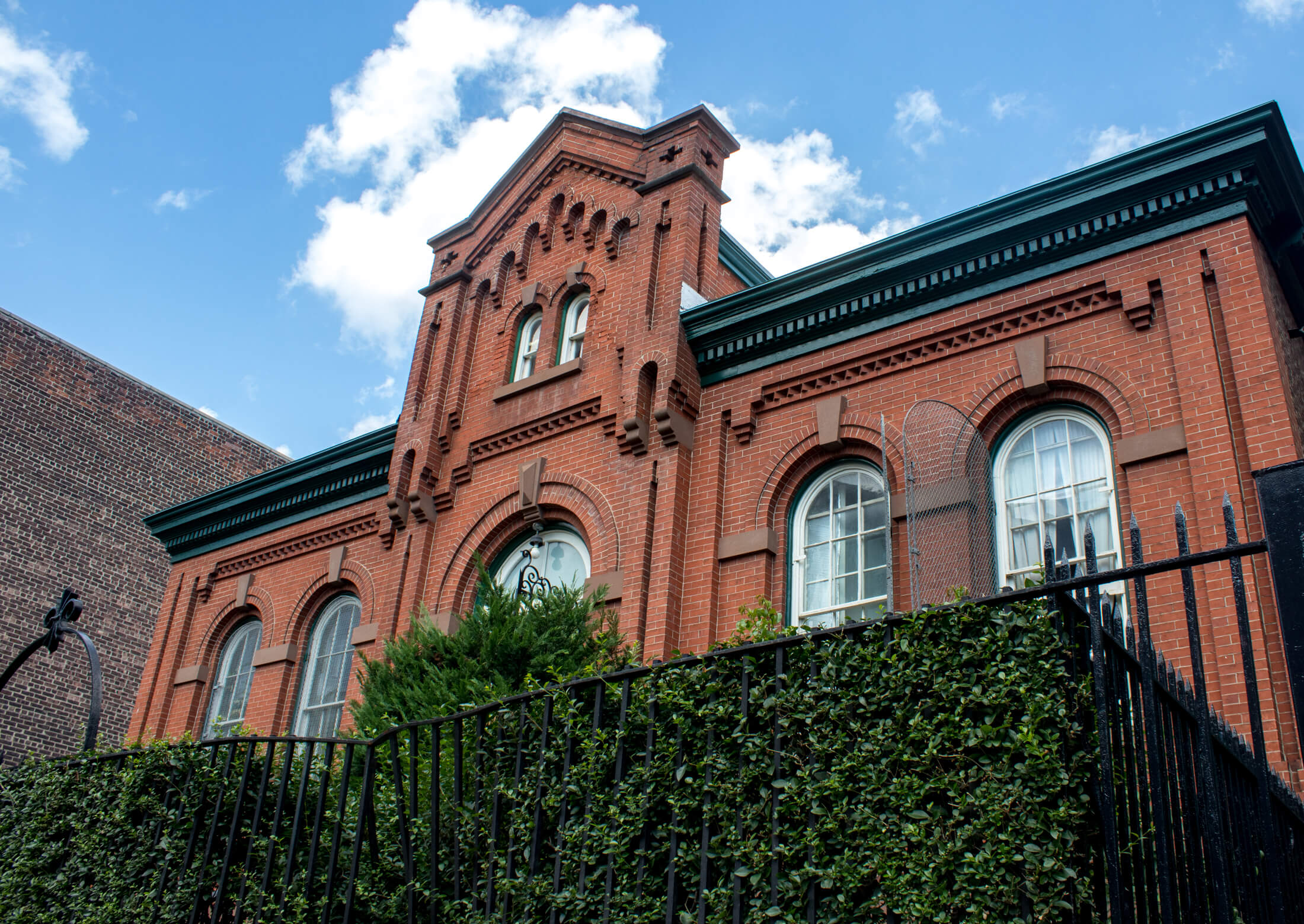
‘Separate But Equal’ in 1870s Williamsburg: Colored School No. 3
This is the last of Brooklyn’s Colored School buildings, a bricks and mortar reminder of segregated public education in the city. Brooklyn and later, greater New York City, has a very interesting history in this regard, and this small, but elegant little building played a part in that story.
Brooklyn’s free black communities tried as far back as 1815 to establish schools for ex-slaves and freemen alike. In 1816, the city of Brooklyn established its Common School System, and black students were taught in the same buildings as white students, but in separate rooms. By 1827, these spaces were taken away from them, prompting Henry P. Thompson, Brooklyn’s first black businessman, and Abraham Brown to open the first African Free School. Ten years later, another Free School was opened in Carrsville, next door to Weeksville, and that school was absorbed into the Brooklyn public school system in 1841.
—
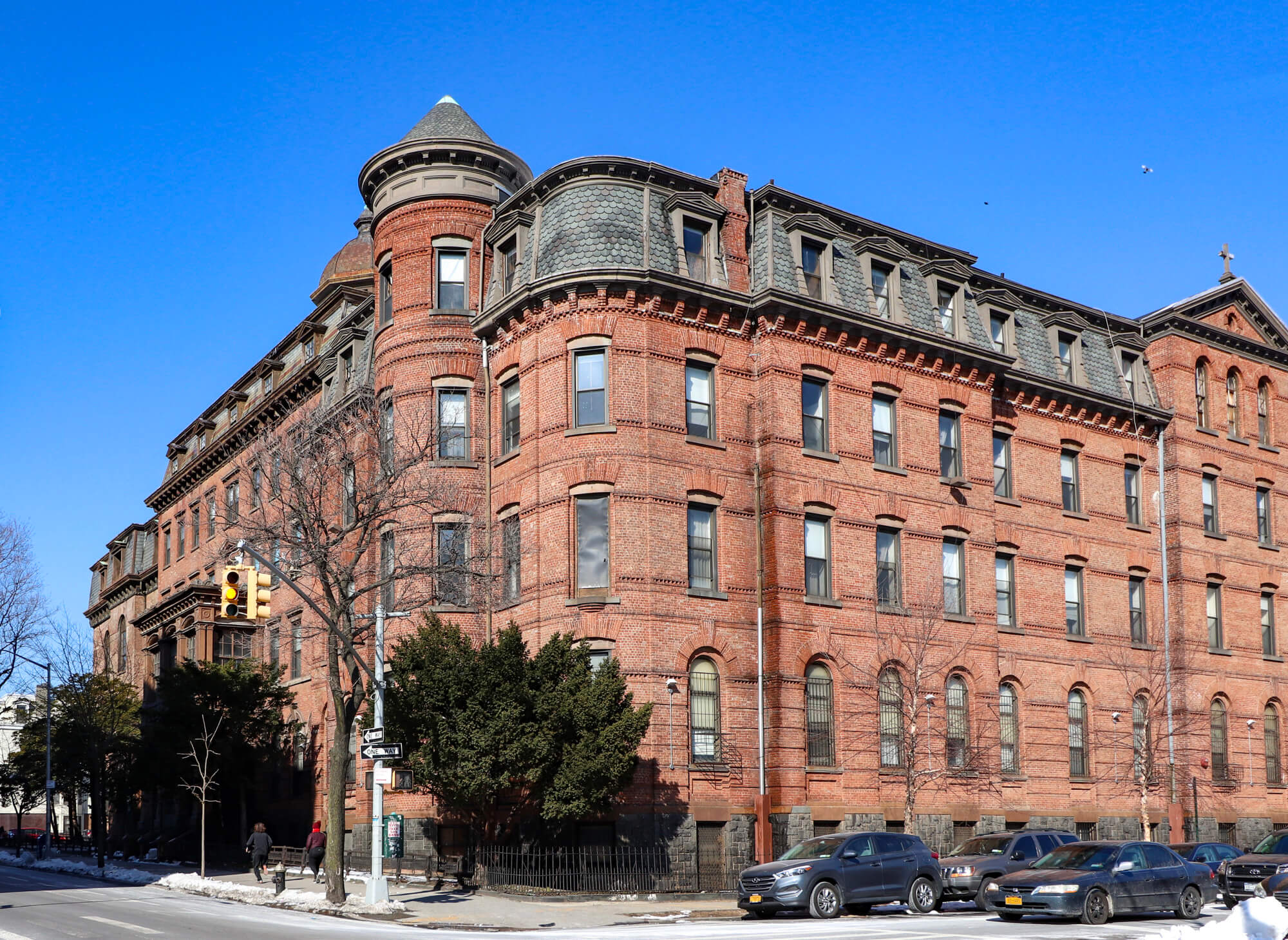
This Mansard Roofed Romanesque Revival Pile Was a Bastion of Higher Education in Bed Stuy
By the 1870s, the Catholic Church was coming into its own as Brooklyn’s fastest growing denomination. The middle part of the 19th century saw a huge influx of Catholic Irish and German immigrants, who necessitated the building of churches and schools in record numbers.
Although the spiritual needs of their burgeoning congregations were of the highest importance, the church also was very interested in all levels of education. Most of Brooklyn’s larger Catholic churches had elementary and often high schools attached to them. For higher education, many Catholic young men were going to Fordham University in the Bronx. But that school was quite a commute for a young man in Brooklyn, so by the 1870s, the Diocese of Brooklyn established its own college, called St. John’s College.
Related Stories
- Catch Up on the History of Work and the Celebration of Labor Day in Brooklyn
- Time Travel to Labor Day in Brooklyn 1887
- Brooklynites at Work (Photos)
Email tips@brownstoner.com with further comments, questions or tips. Follow Brownstoner on X and Instagram, and like us on Facebook.









What's Your Take? Leave a Comment